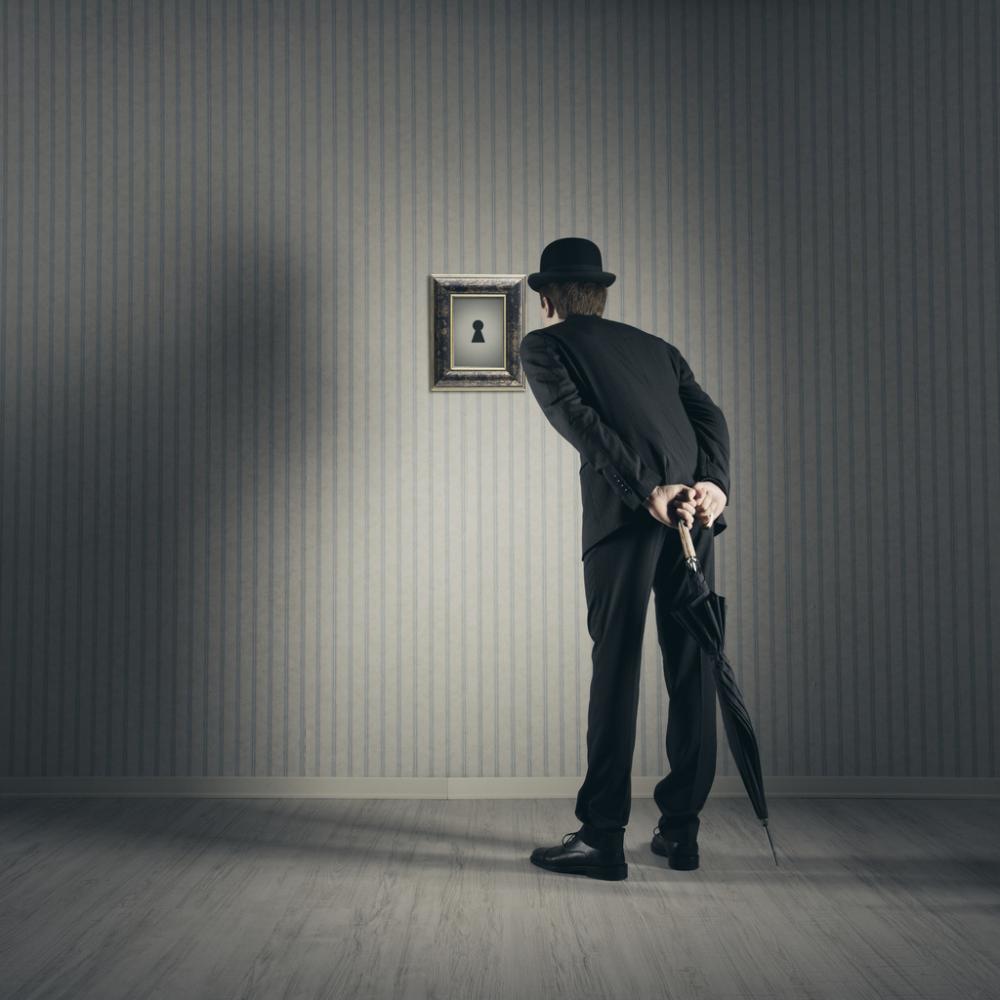3 Films that Establish Cinematic Voyeurism
Share with friends

Voyeurism: Enjoyment from seeing the pain or distress of others.
To do this work, I’ve come to the conclusion that as much as a writer needs to be in the know and on top of current events and sweet, televised forget-me-nots, a writer must also be in an understood, temporary divorce from—like, an actual severance—from it all, in order to get any decent writing done. For a few weeks now, I have attempted to compile/complete numerous pieces on some of the three dozen films I’ve seen this past month alone. And that’s no fib. But with watching all of these movies, ingesting image one roll after another, I became absorbed more in the movie-munching than the writing.
Films are windows—gateways—into another time, place, life. In a sense, the engagement the viewer has with any film is an act of voyeurism; not the more commonly known, creepy peeping Tom sort of way, but in the more general sense. We gain entertainment and pleasure from peeking in on the secret lives and conflicts of strangers, representations of someone who could very well be your next door neighbor. This can be observed in terms of the camera-character relationship, the world vs the characters, relationship when breaking the 4th wall, and so on. We’ve grown strangely accustomed to the notion that at all times, we are being watched, listened to, or documented. Films inevitably reflect this omniscient relationship. So think about it: Who are we watching? Who is watching what we are watching? Is it a physical thing? Are we (the viewer) part of this film as much as we are watching it?
Towards the end of this past summer, I became more aware of how effective and eerily fascinating explorations of voyeurism can be in telling a story on film, particularly in creating textures of cinematic relationship. Rather than bore you with some list chronicling my endeavors, I’ve selected three films (all part of the Criterion Collection) to examine with this threading of voyeurism. Each film echoes distinct examples and methods in establishing/using voyeurism, in their own—some very creepy—way.
These films are Possession, A Woman Under The Influence, and Five Easy Pieces.

For those of you who haven’t seen Possession, I highly recommend it. The dialogue is Lynchian at times, and at moments it’s theatrical, filled with a translated-poetic zest. Andrzej Zulawski’s Horror/Drama is immediately unsettling because it is set in early 1980’s Berlin, with the Berlin Wall playing a large role in the film. The reason this struck me as it did is because it has just as much effect on the world of the story as the characters do on one another. Sam Neill’s character is a spy and zealous lover, while his ex-wife is a crazed sort of lover torn between emotionally battering men. This only mirrors the tumultuous exterior of the war-torn city, overcome by the darkness of the old buildings with unseen eyes. The horror of this film is definitely controversial, and in part comes from feeling like even the viewer is being watched. Why? Because the state of the world affects those in it, thus those in it affect one another to the point of being severely deranged. Possession is as much about a confusing love triangle as it is a Cronenberg-esque “monster”-demon movie, and it will chill you while also oddly fascinating you.

Five Easy Pieces took me some time. It looks and sounds like a regular 70s flick with a young Jack Nicholson, but what took me by surprise is the existential battle that’s going on underneath the surface. Nicholson’s Bobby is stuck in a dead-end oil rigging job with an annoying, chatterbox girlfriend. He’s unfaithful to her. This comes with no surprise as we learn how Bobby left behind a life of upper class musicians and his ability to play the piano. From beginning to end, Bobby is in a constant conflict with himself. This conflict causes him to leave his current version of life and try to start over elsewhere. Again. It’s a beautiful movie I related most with, as it’s difficult to hush the existential questionings that circle the mind sometimes. In my opinion, the best examples of Nicholson’s struggle come once at the beginning, where he plays a piano in the back of truck during rush hour traffic, and the other is at the end when (spoiler alert!) he ditches Rayette at the gas station. Both establish portraits of existential anguish as Bobby goes in and out of his “established” lives, while we get to observe comfortably (or perhaps a touch uncomfortably) from afar.

John Cassavetes broke my heart with A Woman Under The Influence, and I say that in the best possible way. If you’re kinda like me, you enjoy the sadder movies. This would be one of those as it centers on a woman collapsing from the pressures and standards expected of stay-at-home-wives/mothers. The reason I claim this film is a voyeuristic example comes from the camera’s invasion of personal and private space. We (the viewer) can’t help but be in the hot seat with the action, much like the camera work in Possession but messier and without the musicality. Cassavetes is able to capture the world of and every family in the confines of their everyday, “regular” craziness, but at its most desperate and heightened moments. Watching Peter Falk wrestle three small children and (the incredible) Gena Rowlands made me sweat—constant action, constant rise to climax, climax, climax, like a thermometer about to burst. And Gena Rowlands is the image of “losing it.” Overall, it is a vital film, especially when released, for its representation of what some to many housewives may be battling inside, away or in company of family and children.
These were just a few examples of the many films that we watch to either escape our own existence by diving into the problematic worlds' of others, or simply to satisfy our curiosity of what life might be like on the other side of someone else's walls. How the camera establishes relationship to the world and its persons is crucial, particularly in creating a chewable, understandable dichotomy between the two, and we'll always continue to digest it without shame. Even if it makes us all a little voyeuristic.
If you live in the Los Angeles area, make sure to catch these films and the entirety of the amazing Criterion Collection just by having a public library card. And be sure to leave us your opinions on the movies in the comments below.




